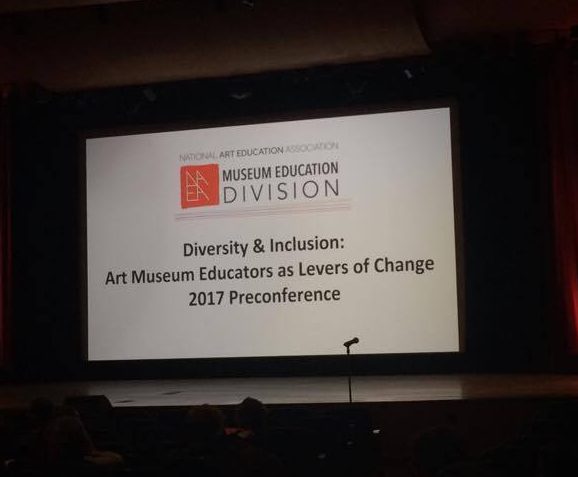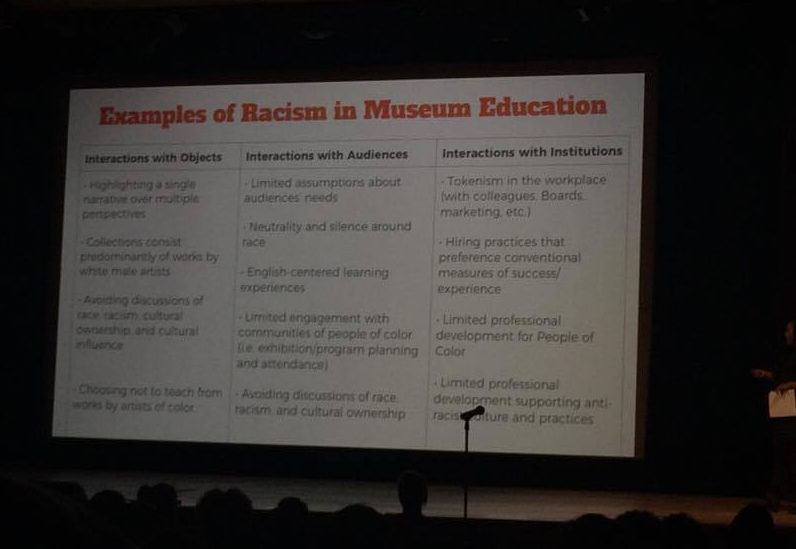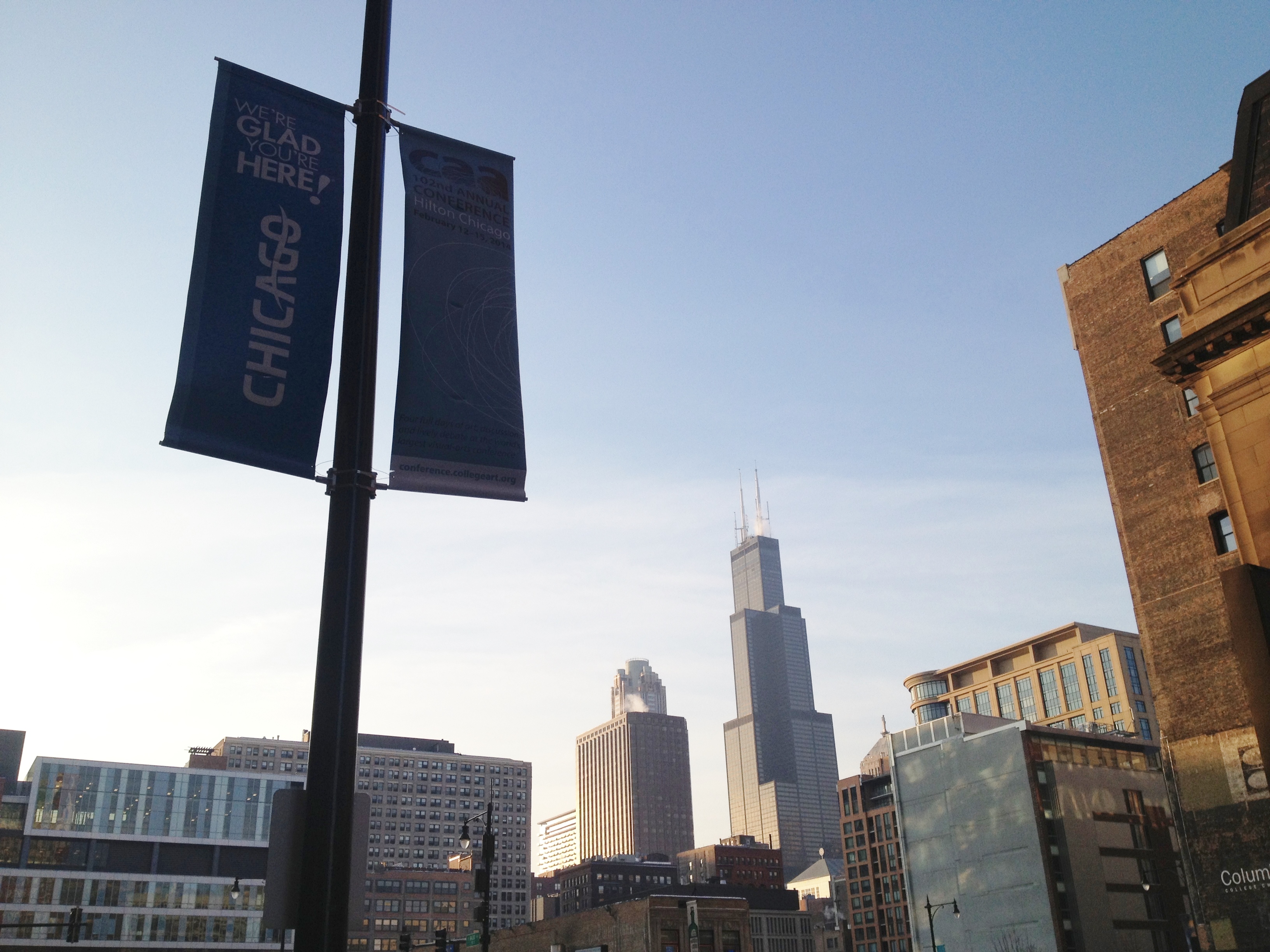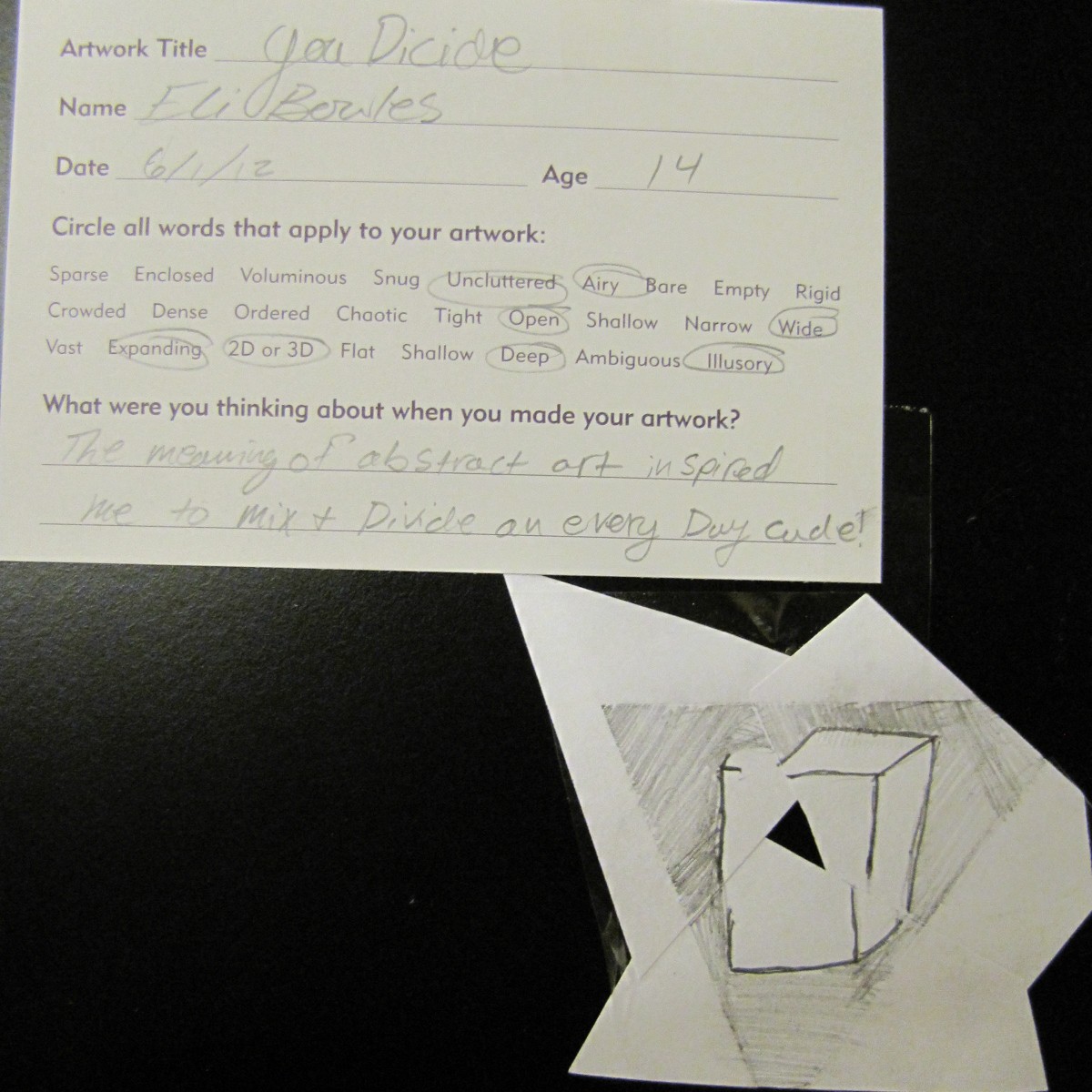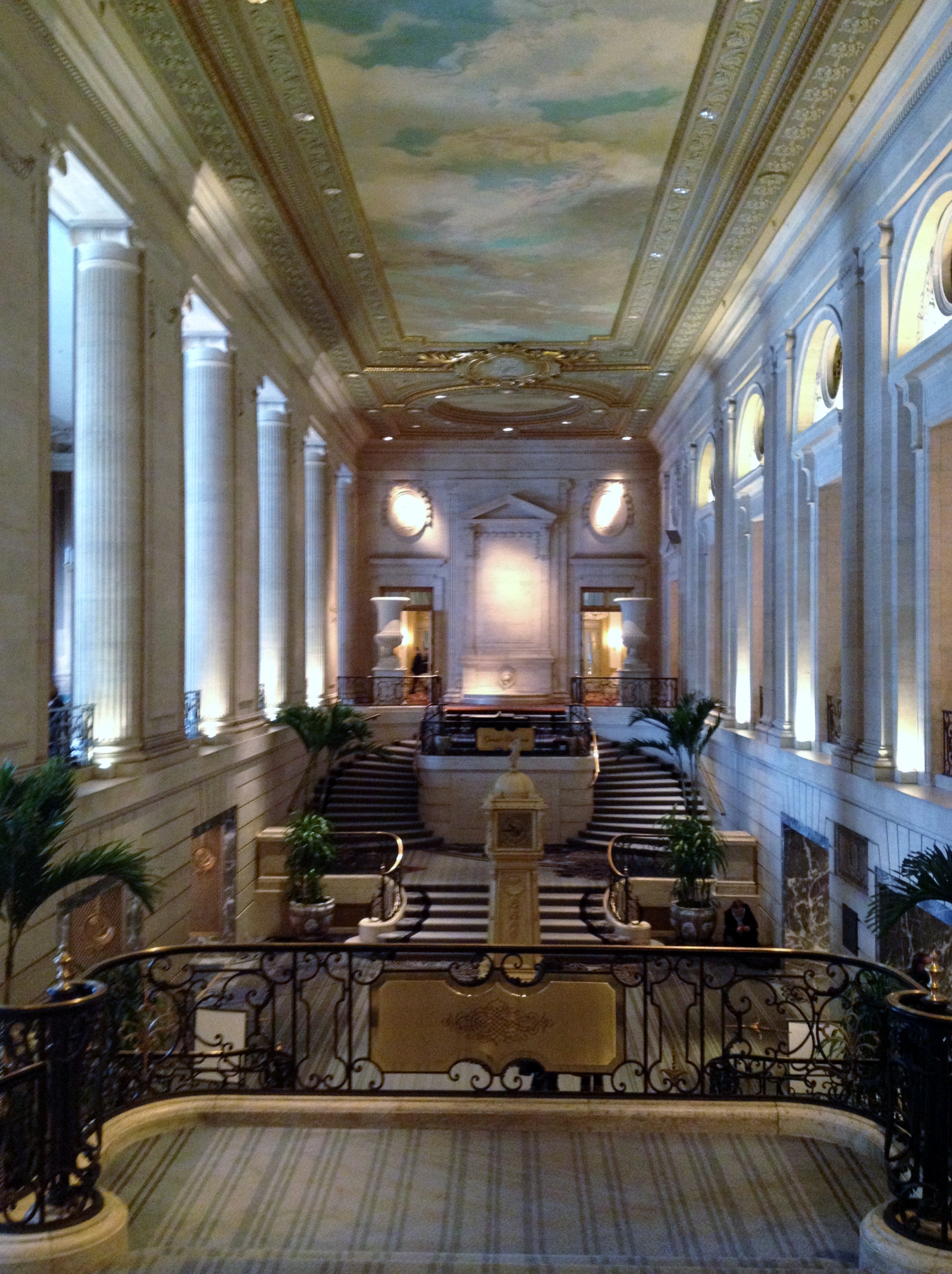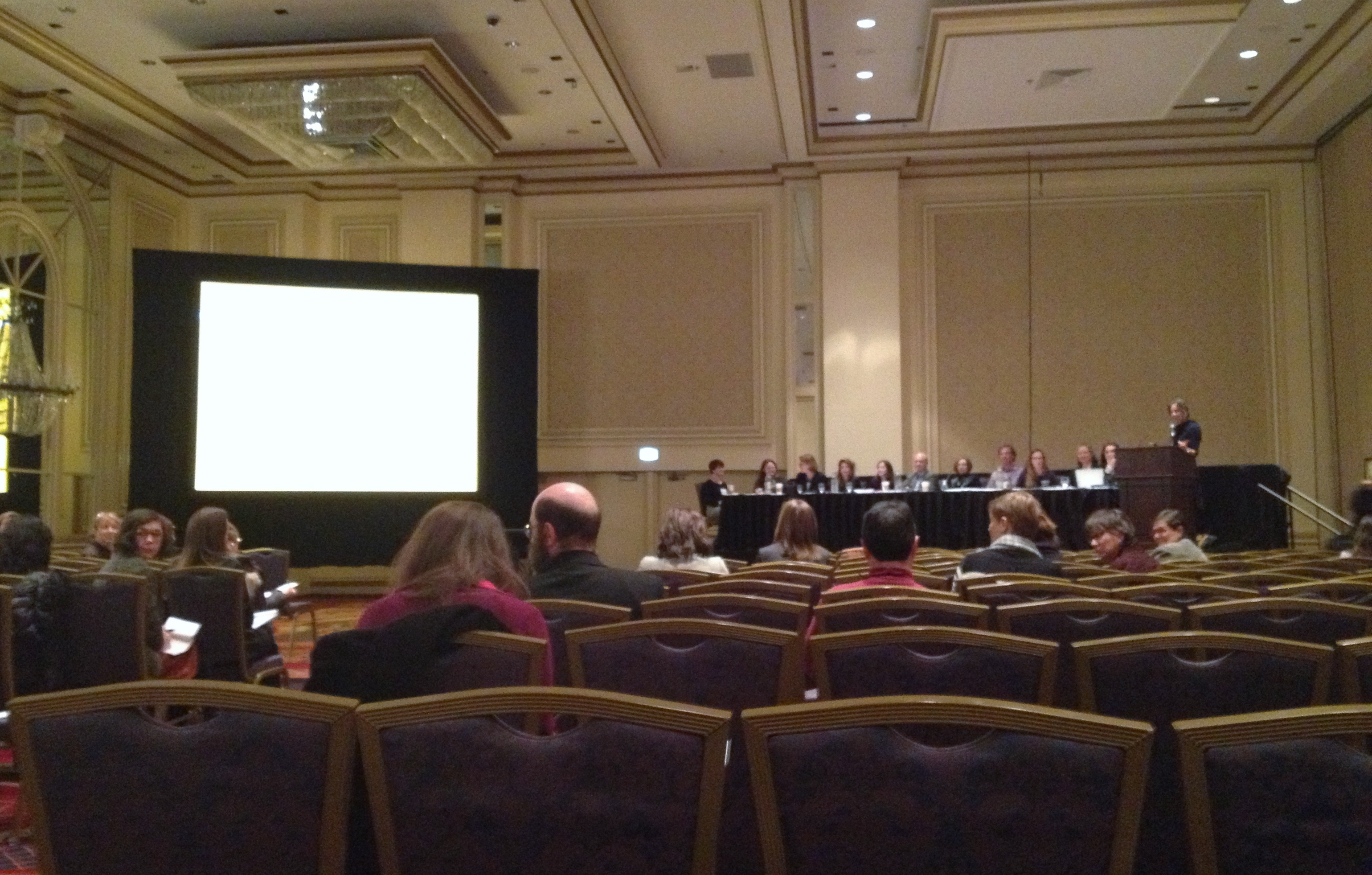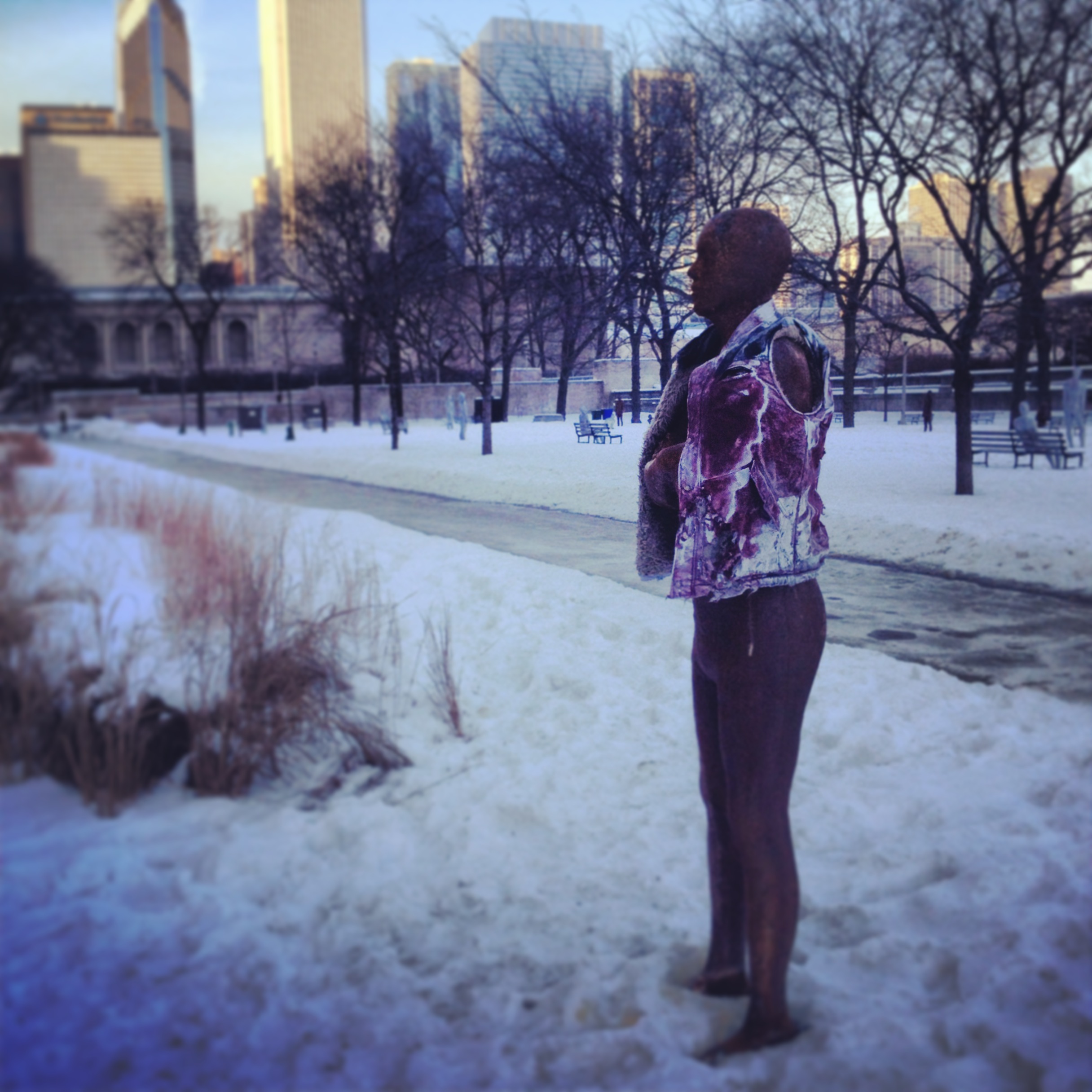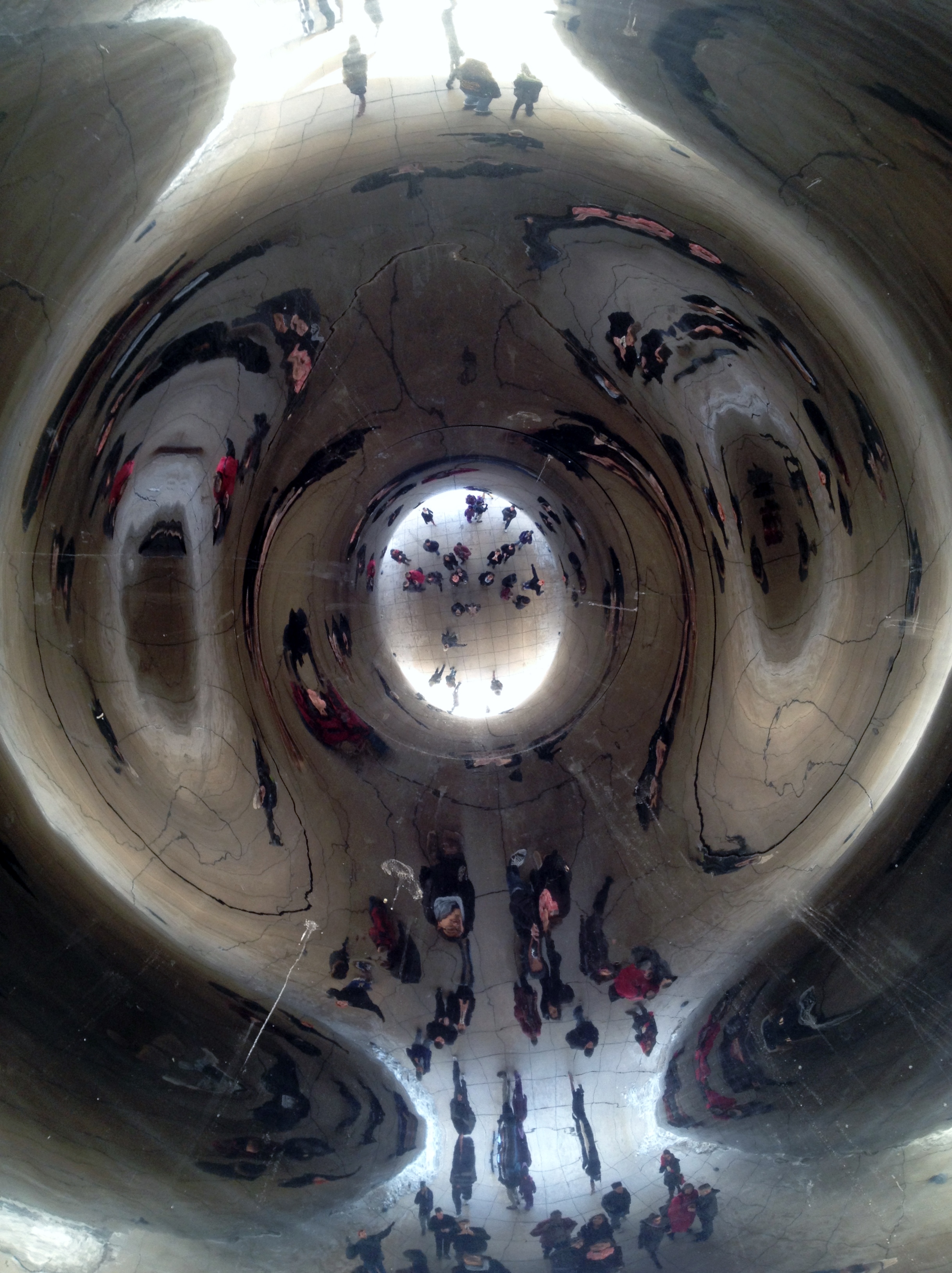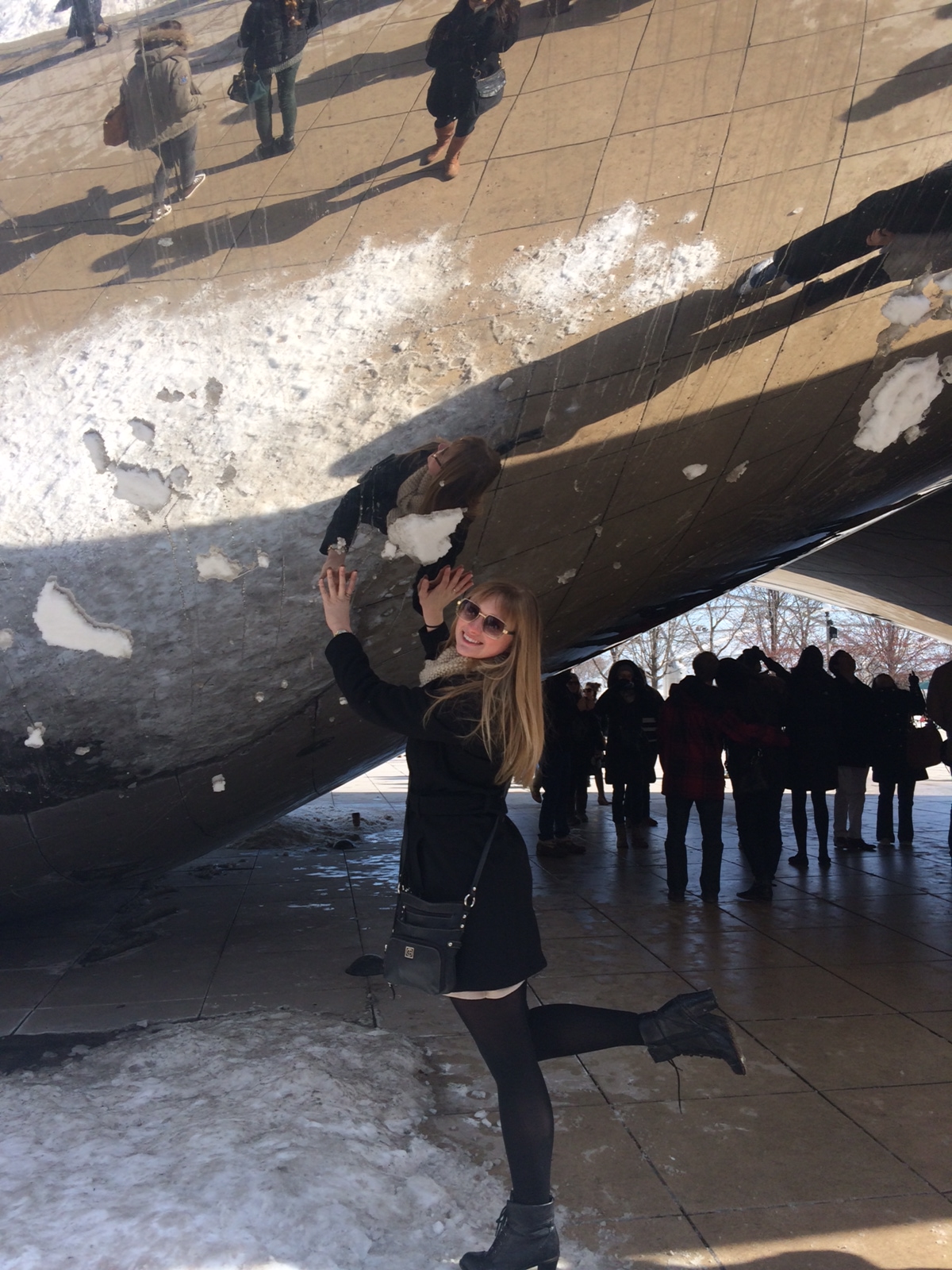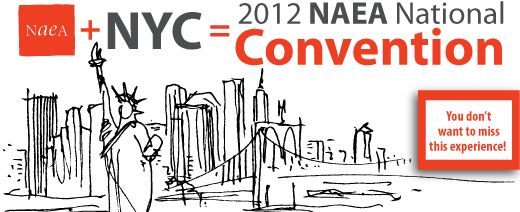At the beginning of March, Angela Medrano and I had the privilege to attend the National Art Education Association (NAEA) Annual Conference. While this conference is geared towards a variety of art educators, including elementary, middle, and high school teachers, professors and university students, and museum educators, the Museum Education Division holds a preconference on art museum education.
This year the preconference focused on Diversity and Inclusion in the field and the day was kicked off with a keynote presentation by Dr. Marit Dewhurst, Director of Art Education at City College of New York, and Keonna Hendrick, Cultural Strategist, Educator, and Consultant. Their talk gave an overview of issues of race and racism in the context of museums, defined shared terms to clarify meaning, and established structures for having conversations and creating brave spaces (as opposed to safe spaces) that promote dialogue and discussion.
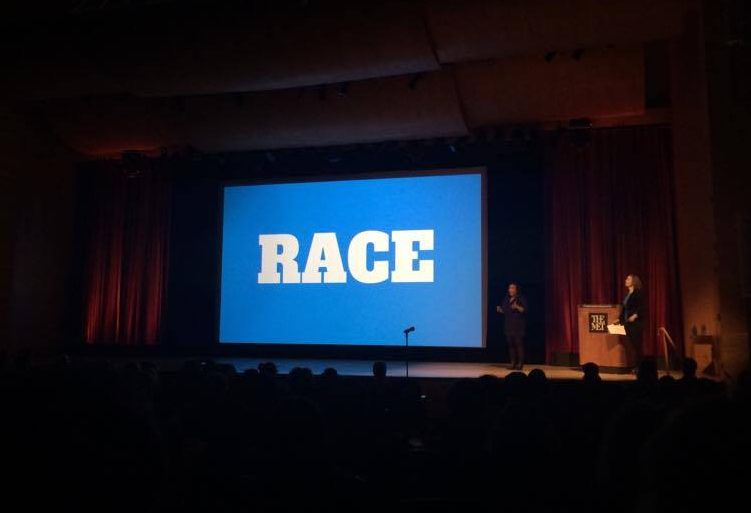
Whether you are a museum educator, classroom teacher, or home school instructor, Dewhurst and Hendrick’s message is a relevant and important one. Want to hear more? Experience their whole presentation here.
Jessica Fuentes
Manager of Gallery Interpretation and the Center for Creative Connections
